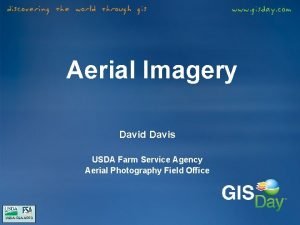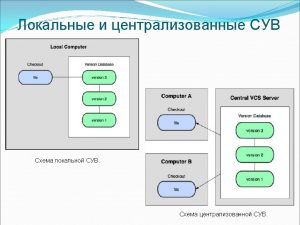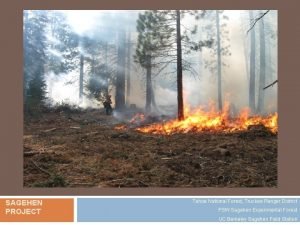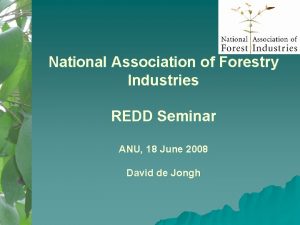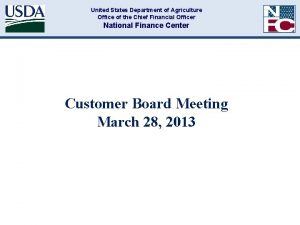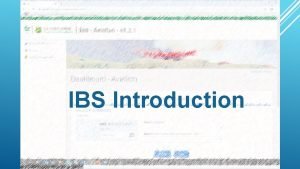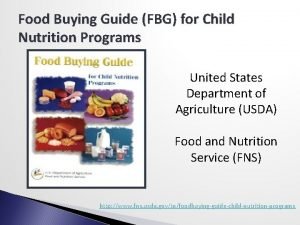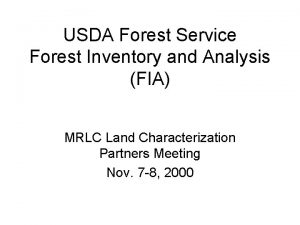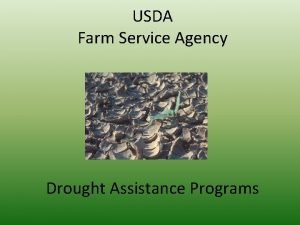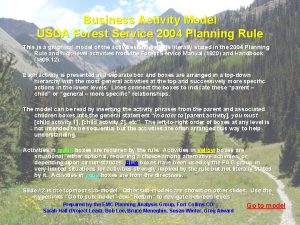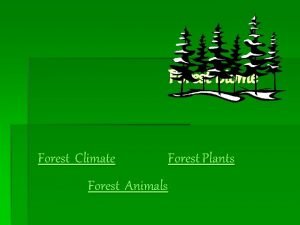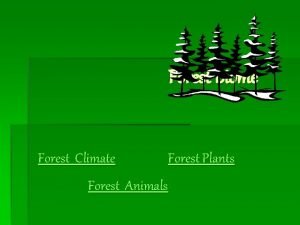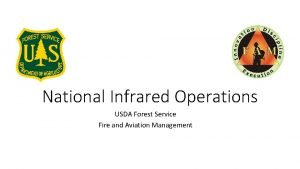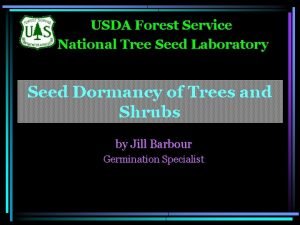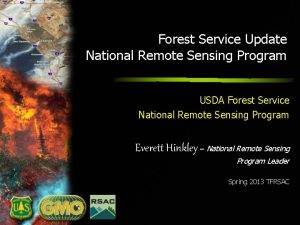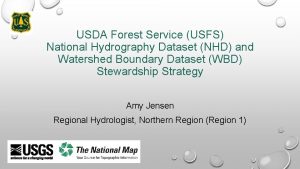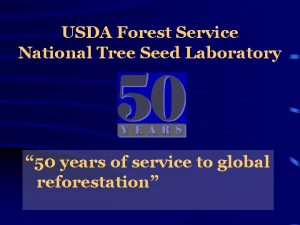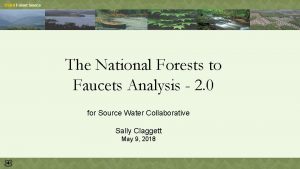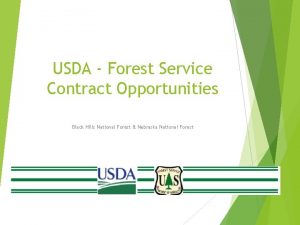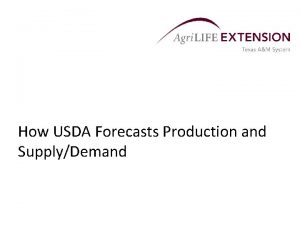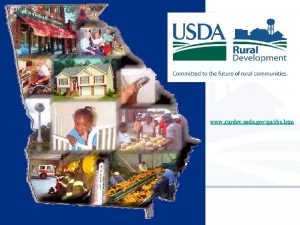NATIONAL FOREST PLANNING USDA FOREST SERVICE Your name
![NATIONAL FOREST PLANNING USDA FOREST SERVICE [Your name] [your email]@fs. fed. us [Your city NATIONAL FOREST PLANNING USDA FOREST SERVICE [Your name] [your email]@fs. fed. us [Your city](https://slidetodoc.com/presentation_image_h2/b684f9f3377094a3bdf89ef0b6f9d35f/image-1.jpg)

















- Slides: 18
![NATIONAL FOREST PLANNING USDA FOREST SERVICE Your name your emailfs fed us Your city NATIONAL FOREST PLANNING USDA FOREST SERVICE [Your name] [your email]@fs. fed. us [Your city](https://slidetodoc.com/presentation_image_h2/b684f9f3377094a3bdf89ef0b6f9d35f/image-1.jpg)
NATIONAL FOREST PLANNING USDA FOREST SERVICE [Your name] [your email]@fs. fed. us [Your city & state], [current date]

INTRODUCTION Forest Plans guide the stewardship of national forests and grasslands - an important part of our National Forest System This presentation will: q Clarify the difference between forest plans and project/activity planning; q Help you understand the forest plan revision process; and q Identify your opportunities for working with the Forest Service to help determine the future of this important national legacy of stewardship

WHY OUR NATIONAL FORESTS ARE MPORTANT National forest and grasslands provide resources that we use, including timber, fish, forage, wildlife, minerals, recreation, water and many specialty products. Healthy forest ecosystems purify the air; provide clean water; reduce the effects of drought and floods; store carbon; generate fertile soils; provide wildlife habitat; maintain biodiversity; and provide a variety of outdoor recreational experiences.

What Is a Forest Plan and Why Is It Important? Forest plans set the overall management direction and guidance for each of our national forests. Forest plans do not provide site-specific direction, but instead guide management activities at a forest-wide scale. Forest plans guide the direction of specific projects or activities on the ground. Forest plans must meet the requirements of the National Forest Management Act and its implementing federal regulations known as the planning rule.

National Forest System

Hierarchy from Law to Projects National Forest Management Act Forest Service Planning Rule Land Management Plans (Forests/Grasslands) Project or Activity

The Planning Process

Key themes of the Planning Rule Plan Components and Plan Content Science Collaboration and Public Involvement Assessments Determine Need to Change Diversity and Sustainability Objections Monitoring

Plan Components Desired conditions Objectives Standards Guidelines Goals Suitability of Lands

Plan Components

The Role of Science is a dynamic process that builds knowledge and reduces uncertainty by testing predictions. Scientific information is available for many topics including social, economic, and ecological information. Scientific information comes from many sources—for example, from peer-reviewed articles, scientific assessments, expert opinion, and data in the form of monitoring results.

Role of Science What is the “best available scientific information” (BASI)? Generally, it is: High-quality information that results from well-developed and appropriate methods; Draws logical conclusions based on reasonable assumptions; explains information gaps and inconsistencies; Has been appropriately peer reviewed; Is placed in the proper context with the body of knowledge; and

How Will the Forest Service Communicate With You? The 2012 Planning Rule requires the Forest Service to: Publish notices regarding the planning process. Every national forest will have a Web page dedicated to forest planning. The Forest Service will also maintain an email list. For those who prefer to review paper copies of reports, maps, or draft materials, the Forest Service will provide materials by regular mail, in various offices, or at local libraries.

What are Ecosystem Services? The 2012 Planning Rule emphasizes the role of ecosystem services in forest planning. Ecosystem services can be thought of as current and future benefits people and communities obtain from the national forests. Our growing U. S. population benefits from, and increasingly demands, services such as fresh water; protection from drought and floods; carbon storage; recreation; and other social, economic, ecological, and cultural benefits from the national forests.

Monitoring and Adaptive Management Once revision of a land management plan is complete, the Forest Service will begin managing the national forest or grassland consistent with the direction contained in the new plan. The plan monitoring program must include monitoring questions and indicators about ecological, social, cultural, and economic impacts of plan implementation. Helps managers determine whether to propose one or more changes to the plan through amendment or revision. The process of monitoring, evaluating, and adjusting (referred to as adaptive management) is central to the Forest Service’s ability to respond to

Monitoring and Adaptive Management, cont. During the life of the plan, the Forest Service and its partners must work together to monitor the effectiveness of the revised plan. Monitoring provides feedback by testing assumptions, tracking relevant conditions over time, and measuring management effectiveness.

The Planning Process

QUESTIONS?
 Name
Name Usda farm service agency maps
Usda farm service agency maps Usda food and nutrition service
Usda food and nutrition service Name all the lines name all the segments name all the rays
Name all the lines name all the segments name all the rays Hello my name is ali what is your name
Hello my name is ali what is your name Git config global user name
Git config global user name Your service your say
Your service your say Your conscious awareness of your own name and self identity
Your conscious awareness of your own name and self identity Give us your hungry your tired your poor
Give us your hungry your tired your poor Tahoe national forest ranger station
Tahoe national forest ranger station Anu
Anu El yunque national forest animals
El yunque national forest animals El yunque national forest food web
El yunque national forest food web Aglearn login
Aglearn login Usda nfc dprs
Usda nfc dprs Nutrition pyramid
Nutrition pyramid Usda 3555 handbook
Usda 3555 handbook Apps.fs.usda.gov/ibs
Apps.fs.usda.gov/ibs Fbg calculator
Fbg calculator

